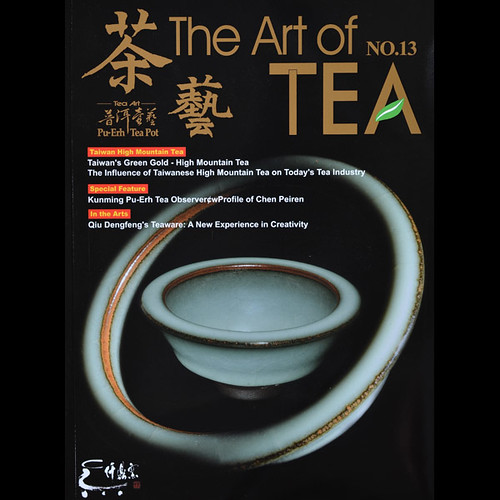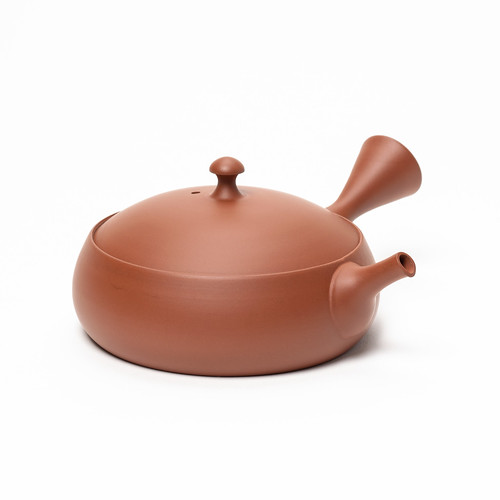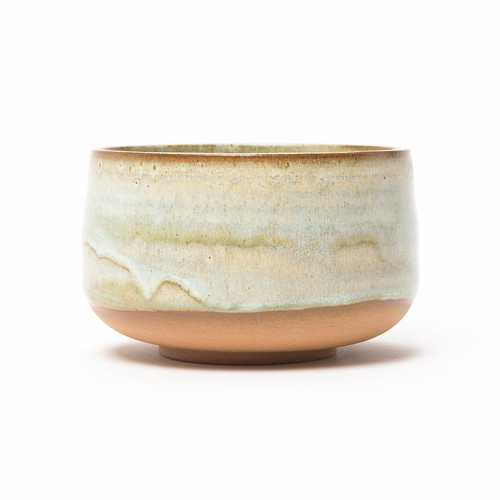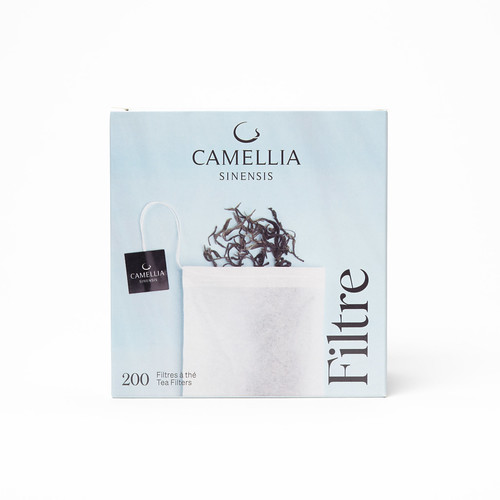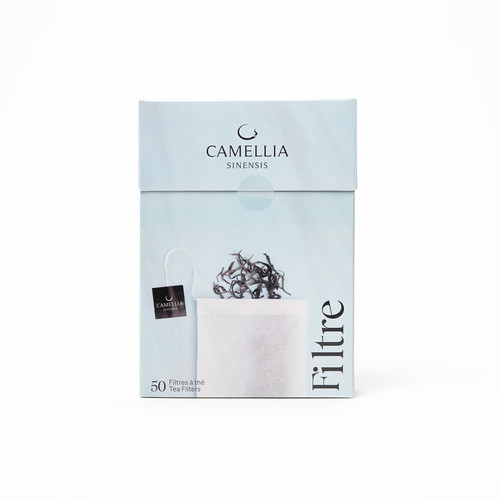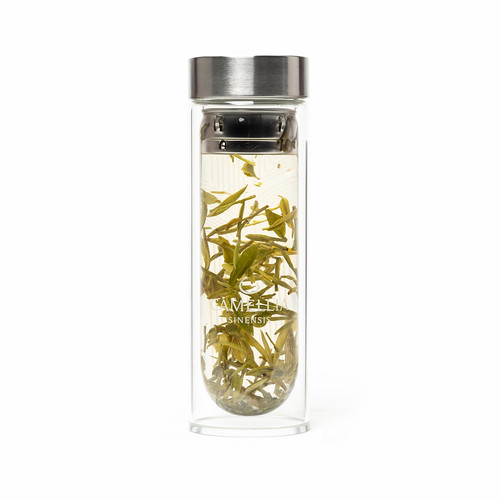
STEAM AND FIRE
Here’s a text from our new book 'Green Tea: The Quest for Fresh Leaf and Timeless Craft’ freshly translated into English and now on sale.
For a Japanese green tea enthusiast the world of Senchas is fascinating. More than 70% of Japanese tea production is reserved for Sencha. This tea comes in all quality levels and presents a vast wide range of sub-styles and aromatic profiles. Understanding the subtle variations in transformation techniques used for Sencha, and the tasting parameters they create, can help us to better select and enjoy them.
Steam (for fixing) and fire (for the roasting) are two essential elements for Sencha transformation. The flavour and aromatic value of a tea are to a large extent a result of these 2 processes.
Fixing the natural enzymes in the leaves with heat is essential to keeping a green tea green. Without it, the leaves would oxidize and quickly become useless for green tea. In Japan, this fixing is usually carried out with steam, but producers will subtly vary their technique. In exposing the leaves to different steam conditions, they have effectively created three principal styles of Sencha with distinct nuances.
THE ASAMUSHI STYLE
Produced with just a brief steaming (20 to 40 seconds) the asamushi style Sencha can be recognized by their complete and unbroken leaves. Often light and low in tannins, their taste is reminiscent of green vegetables and fresh grass.
THE FUKAMUSHI STYLE
The fukamushi style of Sencha is obtained with a longer steaming (80 to 200 seconds). Since the leaves are exposed for a longer time to the steam, they become more brittle and will break more easily. This leads to more intense flavour and a brisk, darker infusion.
THE CHUMUSHI STYLE
An intermediary zone separates the two main styles of Sencha described above. Leaves that undergo a 40 to 80 second steaming belong to the chumushi style. These teas, which have a more characteristic flavour, are most common on the Japanese market.
The final roasting, hiire in Japanese, is a relatively important process in green tea transformation. During this stage, the leaves are put in gas-heated cylinders, where they are dried at variable intensities. Because this process takes place at the very end of the transformation process, it greatly influences the flavour of the tea. The principle is simple: the less you roast the leaves, the more you conserve vegetal, marine and floral notes. Inversely, the longer the roasting process, the more the vegetal notes wane and make way for a roasty “nutty” flavour, often compared to chicken broth. Just a few decades ago neither intensive roasting nor the fukamushi style were appreciated. The Japanese green teas of that time conserved the traditional vegetal characteristic. The producers from the traditionalist Uji region remain the guardians of this style.
Today, in Japan as in the rest of the world, there is a growing interest among tea enthusiasts for the taste of roasted green teas. In addition to their tolerance of hotter and harder water, their leaves give off more distinctly fruity aromas.














